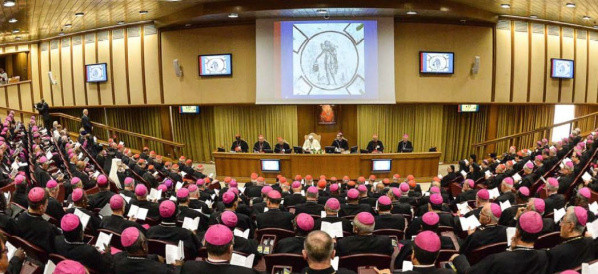 21 Termini
21 TerminiHome > Termini > Macedone (MK) > торнадо
торнадо
1. A violently rotating column of air, in contact with the ground, either pendant from a cumuliform cloud or underneath a cumuliform cloud, and often (but not always) visible as a funnel cloud. When tornadoes do occur without any visible funnel cloud, debris at the surface is usually the indication of the existence of an intense circulation in contact with the ground.
On a local scale, the tornado is the most intense of all atmospheric circulations. Its vortex, typically a few hundred meters in diameter, usually rotates cyclonically (on rare occasions anticyclonically rotating tornadoes have been observed) with wind speeds as low as 18 m s−1 (40 mph) to wind speeds as high as 135 m s−1 (300 mph). Wind speeds are sometimes estimated on the basis of wind damage using the Fujita scale. Some tornadoes may also contain secondary vortices (suction vortices). Tornadoes occur on all continents but are most common in the United States, where the average number of reported tornadoes is roughly 1000 per year, with the majority of them on the central plains and in the southeastern states (see Tornado Alley). They can occur throughout the year at any time of day. In the central plains of the United States they are most frequent in spring during the late afternoon. See Also supercell tornado, nonsupercell tornado, gustnado, landspout, waterspout.
2. A violent thundersquall in West Africa and adjacent Atlantic waters.
- Parte del discorso: sostantivo
- Sinonimi:
- Blossario:
- Settore/Dominio: Tempo atmosferico
- Categoria: Meteorologia
- Company: AMS
- Prodotto:
- Acronimo - Abbreviazione:
Altre lingue:
Lascia un commento?
Termini nelle notizie
Termini in evidenza
Синодот
Средба на епископите на црковните провинција или патријаршија (или дури и од целиот свет, Е. Г., Синодот на Епископите) да се разговара за научни и ...
Partecipante
Blossari in evidenza
Browers Terms By Category
- Arredamento (generale)(461)
- Tappeti orientali(322)
- Biancheria da letto(69)
- Tende(52)
- Tappeti(40)
- Mobilia cinese antica(36)
Arredamento per la casa(1084) Terms
- Biochimica(4818)
- Genetic engineering(2618)
- Biomedico(4)
- Biotecnologia verde(4)
- Biotecnologia blu(1)
Biotecnologie(7445) Terms
- Pila a combustibile(402)
- Condensatori(290)
- Motori(278)
- Generatori(192)
- Interruttori(147)
- Alimentatori(77)
Apparecchiature elettriche(1403) Terms
- Processori di segnale digitale (DSP)(1099)
- Sistemi di collaudo(1007)
- Qualità del semiconduttore(321)
- Wafer di silicio(101)
- Componenti, parti e accessori(10)
- Attrezzature per la lavorazione(6)
Semiconduttori(2548) Terms
- Binari(457)
- Parti di treno(12)
- Treni(2)



